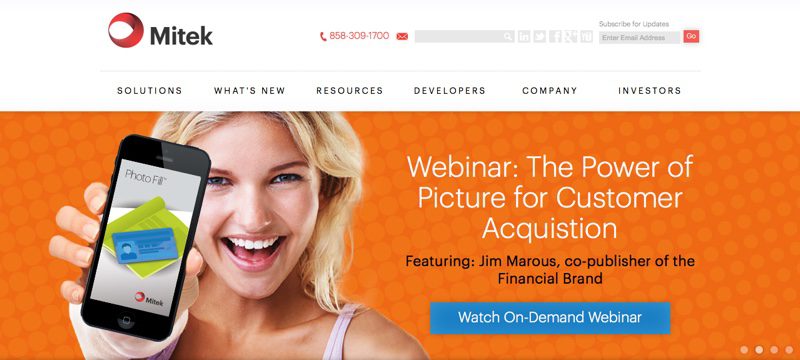 Ahead of Finovate next week, it was a lively few days with 18 companies receiving cash inflows totaling $207.6 million. The total included mega-rounds of $30+ million to three lending plays: FundBox ($50 mil); CommonBond ($35 mil); Orchard Platform ($30 million); and one financial-institution-supported blockchain startup: Chain ($35 mil).
Ahead of Finovate next week, it was a lively few days with 18 companies receiving cash inflows totaling $207.6 million. The total included mega-rounds of $30+ million to three lending plays: FundBox ($50 mil); CommonBond ($35 mil); Orchard Platform ($30 million); and one financial-institution-supported blockchain startup: Chain ($35 mil).
Finovate alum Trunomi raised $3 million, while FinDEVr charter-alum Coinlytics raised an undisclosed amount.
The $208 million this week brings total 2015 YTD fintech fundings to $12.4 billion. Following are the fundings from 4 Sep to 10 Sep 2015 by size:
FundBox
Accounts receivable financing for small businesses
HQ: San Francisco, California
Latest round: $50 million Series C
Total raised: $107.5 million
Tags: SMB, credit, accounts receivables, accounting, SMB
Source: Crunchbase
CommonBond
Crowdfunded student loans
HQ: New York City, New York
Latest round: $35 million Series B
Total raised: $196 million ($150 million debt; $46 million equity)
Tags: Student loans, credit, underwriting, P2P, investing
Source: Crunchbase
Chain
Enterprise blockchain technology
HQ: San Francisco, California
Latest round: $30 million Series B
Total raised: $43.7 million
Tags: Development platform, bitcoin, blockchain technology, investors (Visa, Capital One, Fiserv, Citibank)
Source: Wall Street Journal
Orchard Platform
Powering marketplace lending
HQ: New York City, New York
Latest round: $30 million
Total raised: $44.7 million
Tags: Lending, credit, developers, APIs, P2P loans, crowdfunding debt, enterprise
Source: FT Partners
DISCERN
Investment information for professional investors
HQ: San Francisco, California
Latest round: $20 million Series A
Total raised: $20 million
Tags: Investing, SaaS, big data, analytics
Source: FT Partners
Abra
Crowdsourced remittances
HQ: Silicon Valley, California
Latest round: $12 million Series A
Total raised: $14 million
Tags: Remittances, P2P payments, person-to-person
Source: Coinbase
NEFT LLC (mPowerCredit)
Credit tools for consumers
HQ: Newport Beach, California
Latest round: $10 million
Total raised: $ million
Tags: Credit score, consumer, lending
Source: Marketwatch
Deposit Solutions
Retail deposit savings account management for FIs
HQ: Hamburg, Germany
Latest round: $6.1 million
Total raised: Unknown
Tags: Deposit, banking, real estate, core solutions, enterprise
Source: FT Partners
Trading Ticket
User-friendly consumer trading service, TradeIt
HQ: New York City, New York
Latest round: $4 million Seed
Total raised: $4 million
Tags: Investing, stocks, trading, mobile, UI, consumer, Citibank (investor)
Source: Crunchbase
Trunomi
KYC systems
HQ: Hamilton, Bermuda
Latest round: $3.0 million
Total raised: $5.3 million
Tags: Security, KYC, compliance, Finovate alum
Source: Finovate
FeeX
Fee discovery for individual investors
HQ: New York City, New York
Latest round: $2.8 million
Total raised: $12.3 million
Tags: Consumer, investing, 401(k), mutual funds, 403(b), fees, lead gen
Source: Crunchbase
Shapeshift
Cyrptocurrency exchange
HQ: Zug, Switzerland
Latest round: $1.6 million
Total raised: $2.4 million
Tags: Cryptocurrency, bitcoin, altcoin
Source: TechCrunch
PractiFI
Wealth management solutions
HQ: Sydney, Australia
Latest round: $1.1 million
Total raised: $1.1 million
Tags: Investing, asset management, advisers
Source: FT Partners
Case Wallet (aka Cryptolabs)
Bitcoin wallet (hardware)
Latest round: $1.0 million
Total raised: $3.2 million
Tags: Payments, P2P pay, remittances, hardware, consumer
Source: WhoGotFunded.com
Sindeo
Online mortgage adviser
HQ: San Francisco, California
Latest round: $550,000
Total raised: $7.05 million
Tags: Mortgage, lending, lead gen, loans
Source: WhoGotFunded
MockBank
Banking job exam preparation
HQ: Bangalore, India
Latest round: $400,000 Seed
Total raised: $400,000
Tags: Human resources, regulation, enterprise, bank management, compliance
Source: Crunchbase
Coinalytics
Blockchain intelligence
HQ: Mountain View, California
Latest round: Undisclosed Seed
Total raised: $200,000+
Tags: Bitcoin, blockchain, analytics, cryptocurrency, FinDEVr alum
Source: FT Partners
Abide Financial
Regulatory reporting solutions
HQ: London, England, United Kingdom
Latest round: Undisclosed
Total raised: Unknown
Tags: Regulations, compliance, enterprise, bank management
Source: FT Partners


 Hypori’s
Hypori’s Presenters
Presenters Joel Schopp, Senior Software Developer
Joel Schopp, Senior Software Developer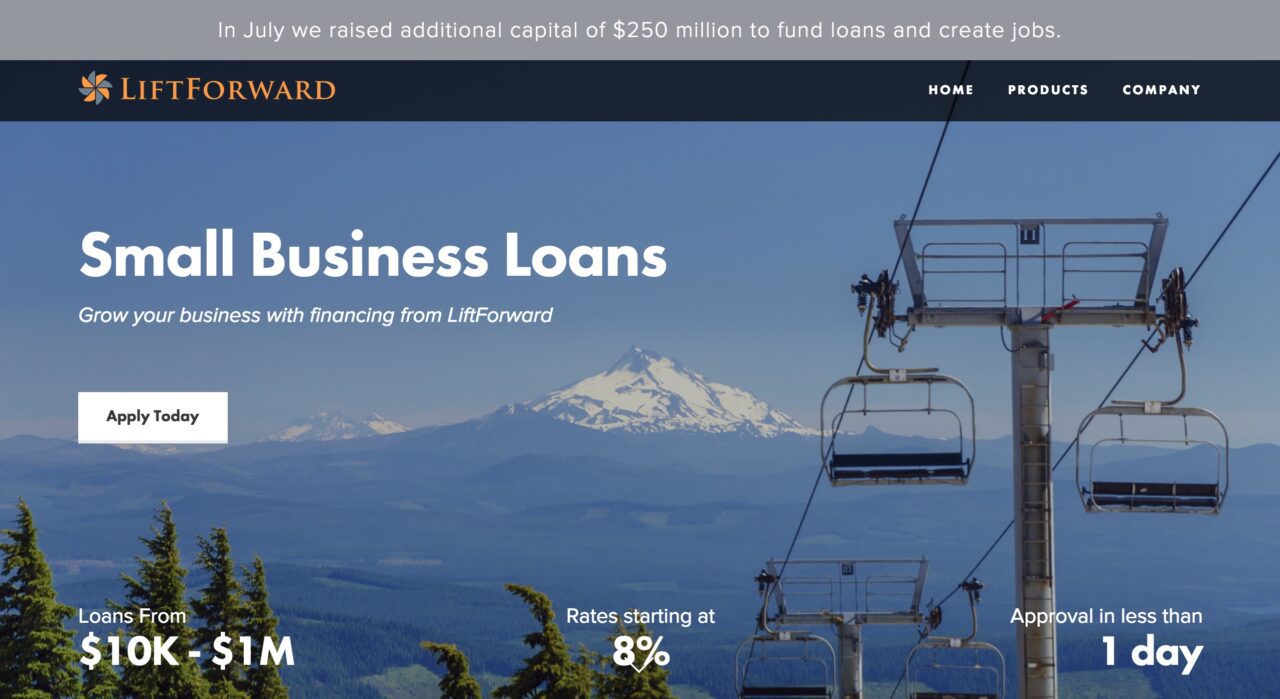
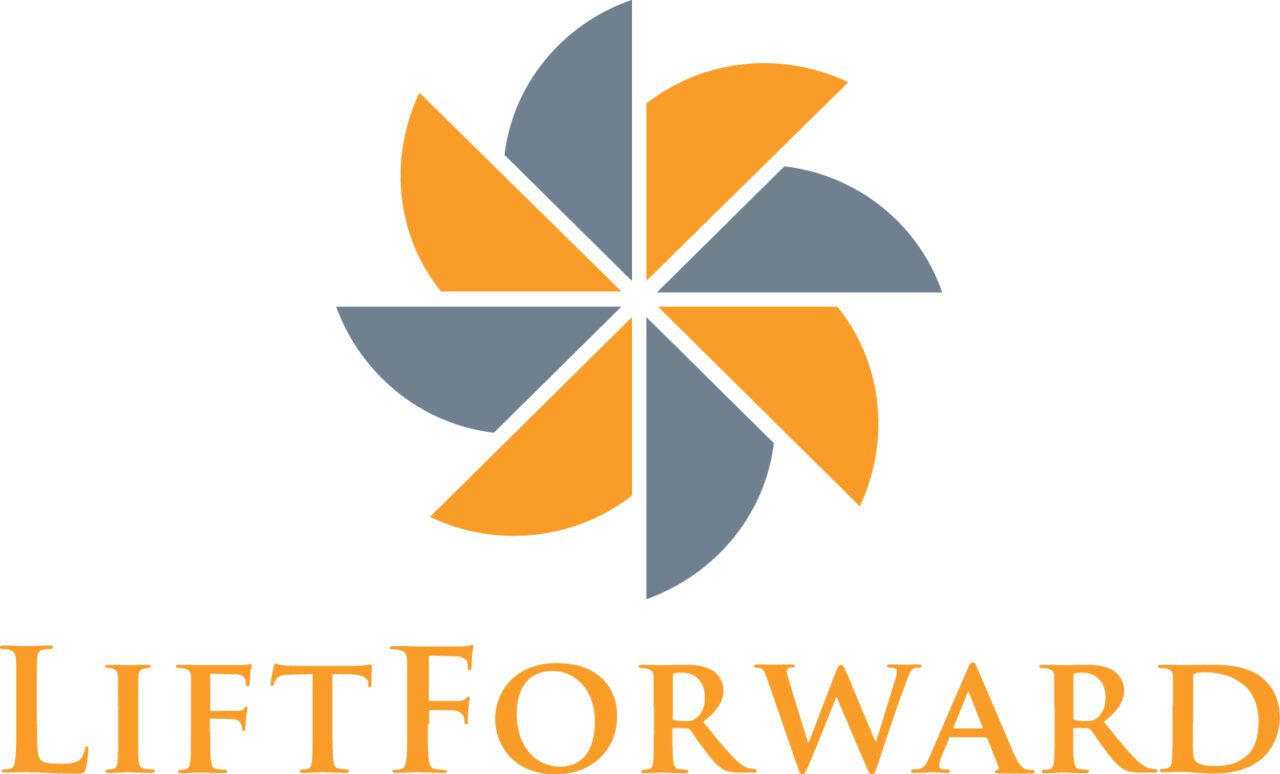
 Presenters
Presenters Michael Grassotti, CTO
Michael Grassotti, CTO 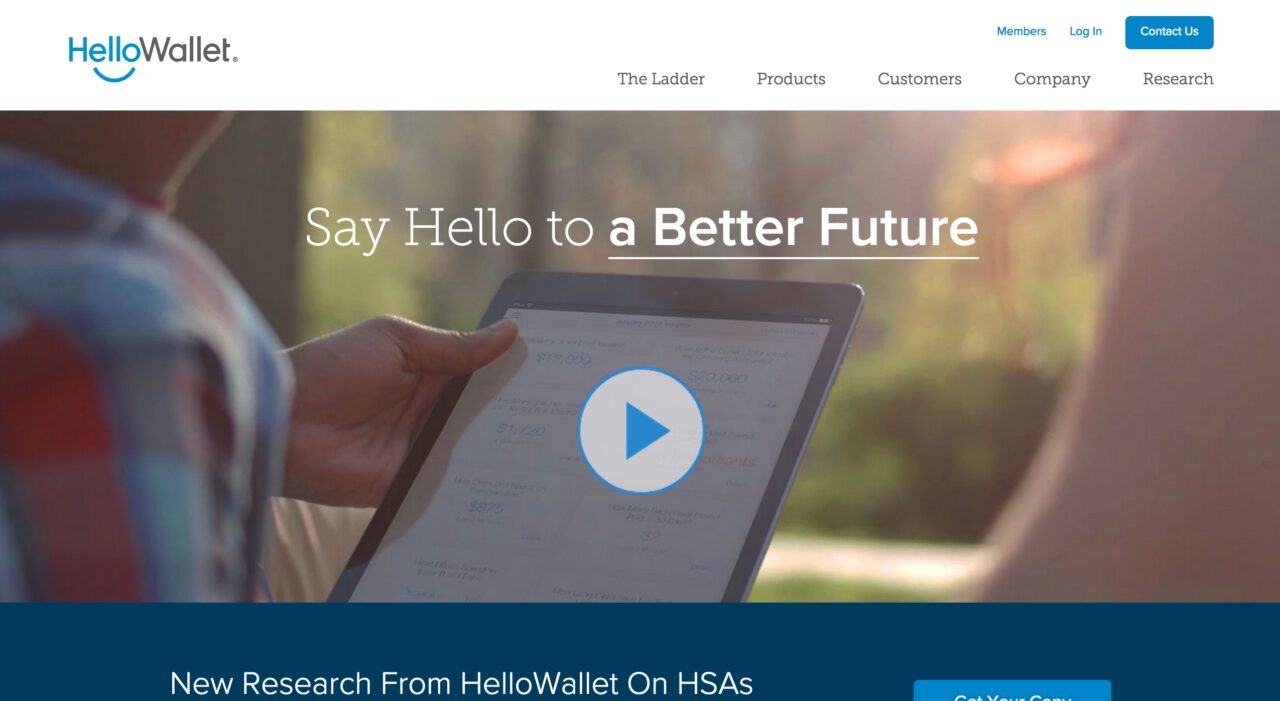
 HelloWallet
HelloWallet Presenters
Presenters Andrew Vincent, Senior Product Manager
Andrew Vincent, Senior Product Manager


 Cameron Jacox, Co-founder
Cameron Jacox, Co-founder

 Presenter
Presenter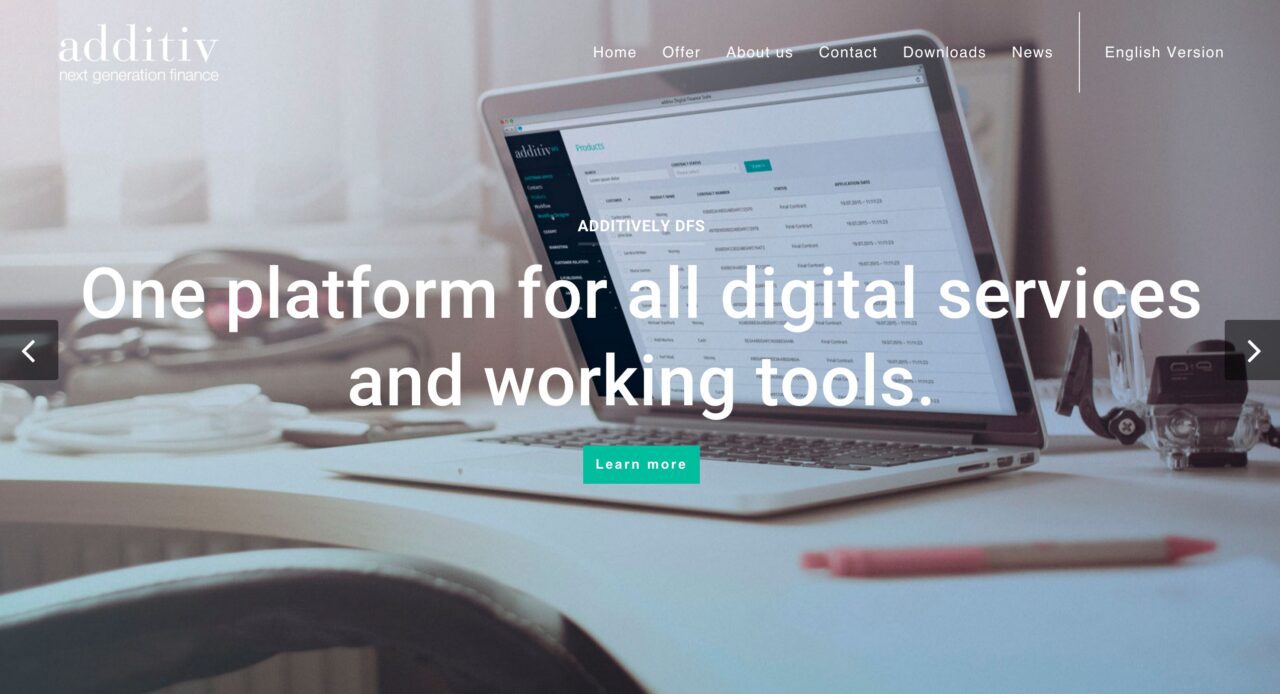
 Additiv
Additiv Presenter
Presenter
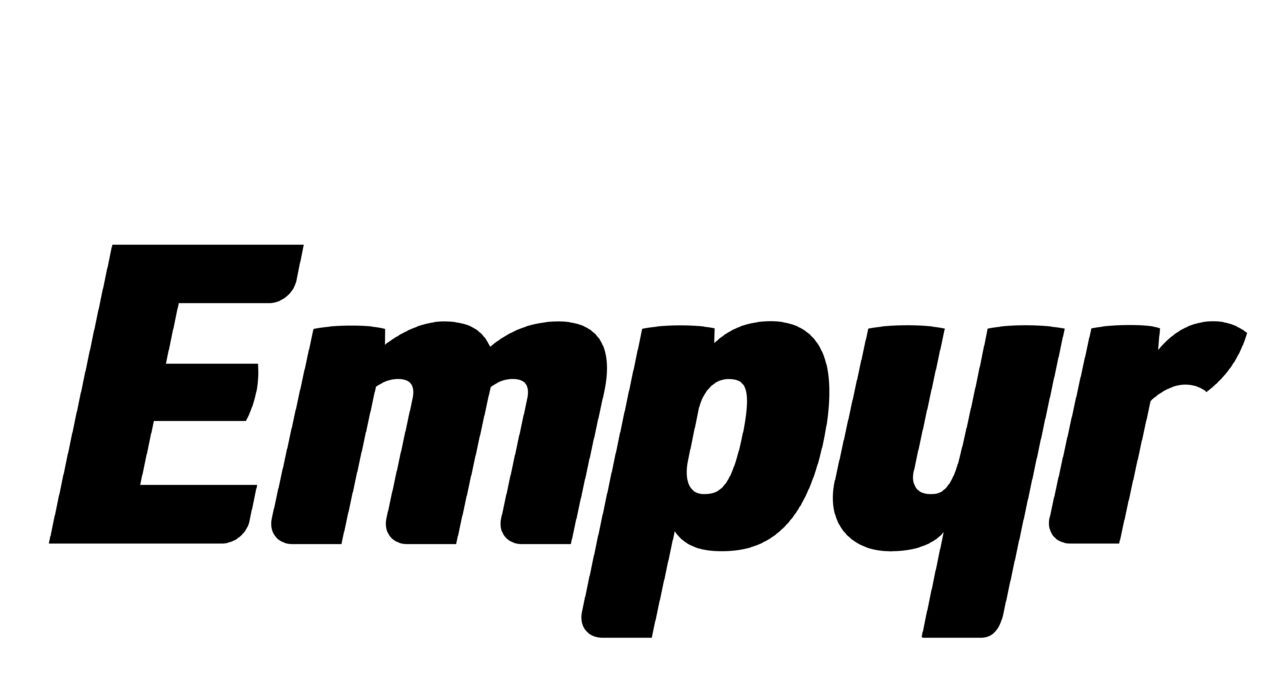
 Presenter
Presenter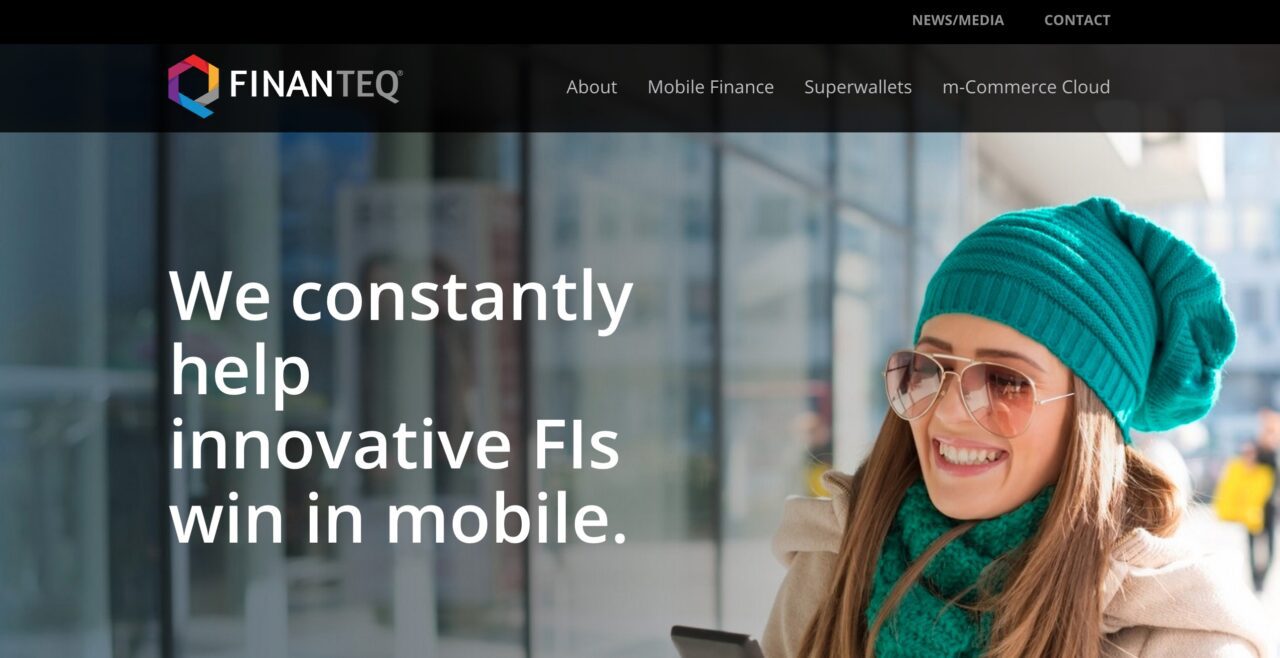

 Why it’s great
Why it’s great Kate Miroslaw, Key Account Manager
Kate Miroslaw, Key Account Manager


